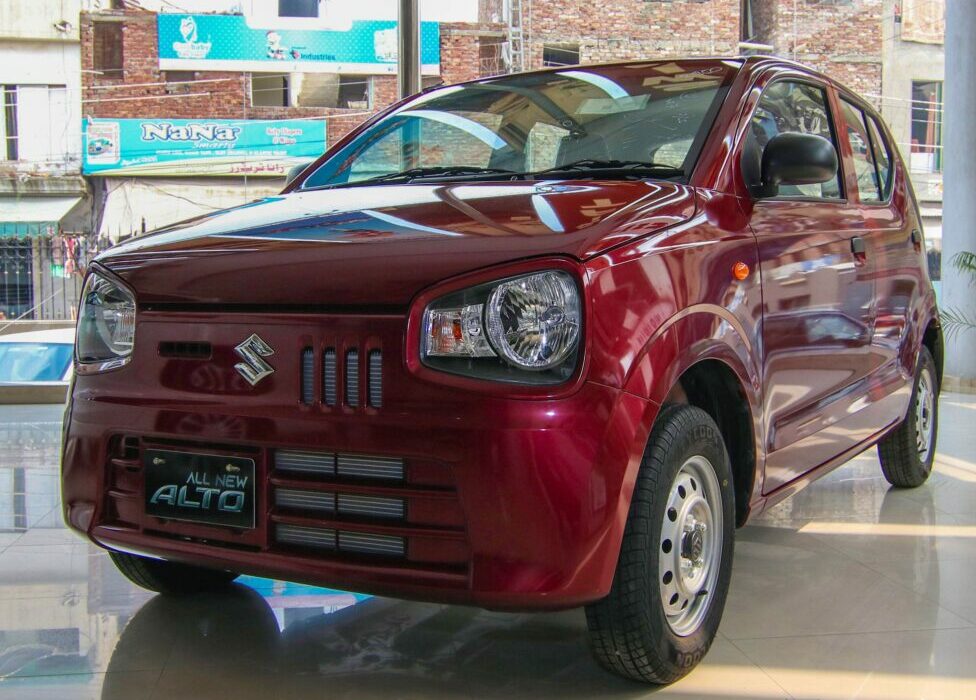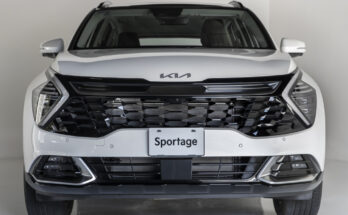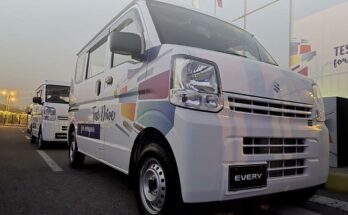Part Three: Alibis and Embellished Half-Truths
In the last two parts (Part 1 and Part 2) of this series of articles, I showed where Pakistan stood in terms of pricing for new vehicles. So far, we have seen that the pricing in our country, especially by the old players, seems to trend towards the uncontrolled side of things and that we are not being given a fair deal.
These companies have a lot of go-tos alibies to explain away any calls for responsibility, accountability, or fair play. So let us look at a few of these alibis or rather their “get out of jail free cards”, and see if they hold water.
Freight Charges, Freight Charges, Freight Charges!
For years now, this has been a go-to mantra for explaining away price hikes. This has also been a way for the local auto assemblers to get sympathy votes by showing how much they have suffered due to this. But here is the kicker. According to articles like the one cited here, Freight charges are on a very steep decline since last year and are almost on par with their pre-pandemic levels.
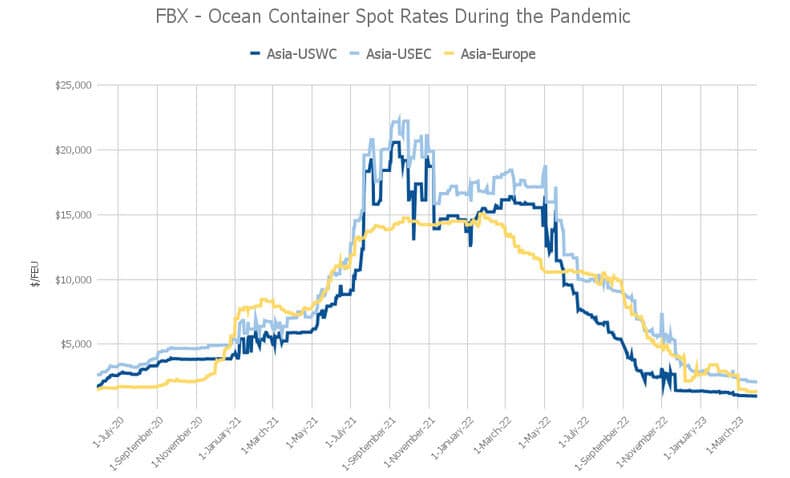
The article continues to state:
”Transpacific rates continued to fall as well, with West Coast prices below $1,100/FEU – 30% lower than March ‘19 and in fact lower than at any point in 2019.
These are container freight rates for the second week of April 2023 according to the Freightos Baltic Index:
| FBX Lane | Global | Asia – US West Coast | Asia – US East Coast | Asia – North Europe | North Europe – US East Coast |
| This Week | $1,416 | $1,000 | $2,171 | $1,427 | $3,449 |
| Last Week | -4% | -1% | 4% | 6% | -9% |
| Last Year* | -85% | -94% | -87% | -88% | -56% |
| *Compared to the corresponding week in 2022 | |||||
As we can see from these examples, the rates have fallen. Especially on the Asia, Europe, and North America lanes. The article further talks about how the rates on the Asia and Mediterranean lanes are also dropping and are on par with their 2019 levels as well. Another article cited here gives us another eye-opening reality check:
“As sea freight transport continues to decline globally due to the Russia-Ukraine war shocks, freight charges continue to decrease. In the second half of 2022, cargo transportation in containers, bulk carriers and lighter ships has dwindled by 20% to 50%, say industry insiders.
With reduced cargo volume, many ships are transporting less than their carrying capacity while some ships are forced to stay anchored with no shipment deals. As a result, the owners find themselves counting losses in operating their vessels.”
The Russia-Ukraine war. Such wars, or any wars for that matter, should not exist; but unfortunately, they are a reality of the human condition. This war has had automobile companies leaving the Russian market in droves. The news blurb always implies “In order to show solidarity”; to the Ukrainian people or to political pressure/optics, the jury is still out on that one. However, this newfound humanity/empathy/solidarity of these companies, I hope, translates to other conflicts near and far which have been going on much longer.
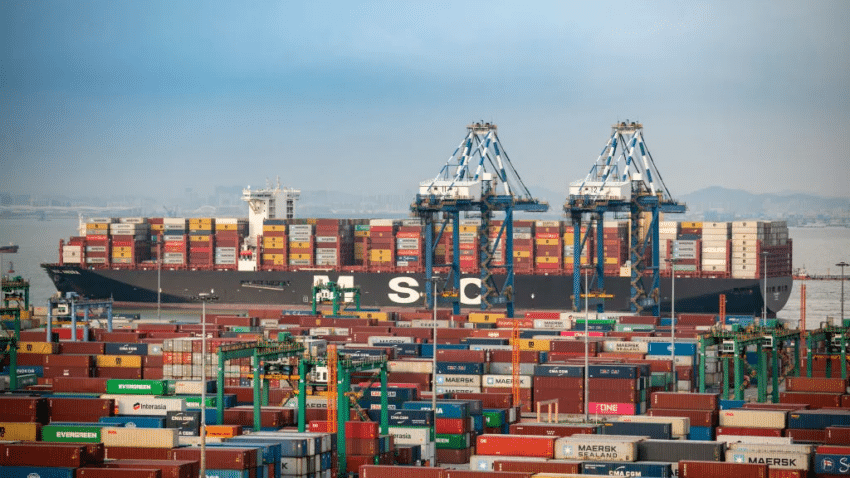
But I digress. My point is, funny how such a glaring reason for the drop in worldwide freight rates seems to escape the explanation/alibis of our local automobile assemblers whenever they cite freight charges to justify price hikes.
I would like to add one last observation and/or query here. In the last two parts, we looked at the pricing of CKD and CBU units being sold in Pakistan and the same being sold in other countries. The pricing discrepancy was/is mind-bending. If freight charges are also cited to explain the high prices in Pakistan, they have to remember; these same automobile companies, in other nations, use these same freight companies. So, how come imports cost so little in those markets compared to Pakistan? Can it be these freight companies are deliberately targeting and overcharging Pakistani companies? Are we even expected to entertain such an outrageous idea?
Profit and Taxes
In Pakistan, the taxes alone on so-called Luxury vehicles like the Toyota Land Cruiser are around 500% on average. Yet, as we showed in the last article, the Profit margin only of the Land Cruiser sold by Toyota Indus comes out to over 5.6 Carors. That is insane! And just to clarify, the prices we discussed last time for calculating the profit margins on the Land Cruiser were based on the Japanese end-user market price for the cruiser. Toyota Indus, when ordering from Toyota Japan, will get a dealer discount. The exact amount of which we do not know. If we (rightly) use the dealer discounted price to calculate the final cost of the Cruiser, the profit margins for Toyota Indus on the sale of each Land Cruiser become even more insane.
What I said last time holds true. A single Land Cruiser sold in Pakistan, nets Toyota Japan the profit it will earn from the sale of dozens of land cruisers in Japan. It is true that the taxes on a CBU Land Cruiser are an eye-watering 500%. But the profit margins enjoyed by them in Pakistan, compared to the rest of the world, take things to a whole other level. This also applies to their imported Prado and Camry as well.
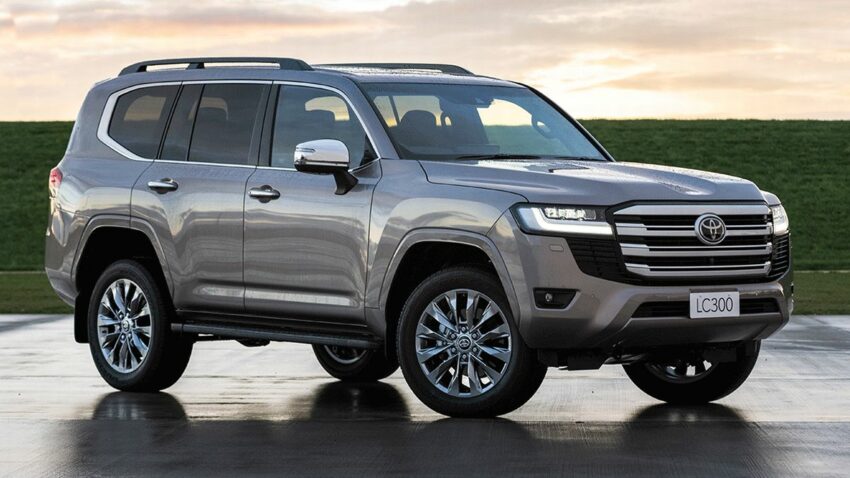
Having said all that, we come across another head-scratcher. As we know, the engine size of the Corolla Altis is 1.8L and the Civic is 1.5L. Taxes in Pakistan are calculated primarily based on engine size. That means the Civic now falls under a lower tax bracket. That again begs the question, why is the Civic so much more expensive while having the smaller engine?
In the first part of this series of articles, in Table 1, we saw that the percentage dollar hike from June 15th, 2019 to the present was around 183%. Yet the actual price hike of the cars by the old three Japanese assemblers stood at 220% – 270%. The point is, local assemblers are always complaining about high taxes. Has anyone ever bothered to check on their seemingly unchecked profit margins?
A few years back the government did a bang-up job in finding out a big pricing and tax discrepancy with the CBU units of MG HS. I think the same government people need to apply the same level of zeal in solving this issue as well.
Is the “Job Market” Created by the Local Assemblers Really Worth it?
This is something that auto assemblers really love to spread around because it is a very popular point with politicians. It always gets good optics. All-be-it at the cost of the nation’s long-term future. The local assemblers always bang on about the direct and indirect jobs they create and the taxes they pay. They place themselves as providers of great services to the nation. Let us break down their claims and really get to the bottom of it.
Toyota, Honda, Suzuki, Kia, Hyundai, Changan, Prince, MG, Haval, etc., are all part of the issue. More so with the old Japanese three. They have been in the country for over three decades now. If they have not yet localized, what can we expect from the newcomers? And the hapless, unintelligent, vague, thoughtless, and compromised implementation of the auto policies by our policymakers only makes the situation worse. The auto policies are never for the benefit of the nation. They have to contain a lot of compromises, added due to political optics for the ruling party/politicians and their rich backers. That is not the way to help the nation or take it forward toward innovation or self-sufficiency.
Related: Auto Sector of Pakistan Fears Massive Layoffs
The auto assemblers always make a point to remind us that they are great providers and enablers of jobs in the auto industry. Well, I humbly submit that that is not entirely accurate. If that were true, please explain places like Shobah Peshawar, Bilal Gunj Lahore, Sultan-Ka-Koh in Rawalpindi/Islamabad or Sher Shah Bazaar in Karachi, etc., or the myriad such markets all over Pakistan in almost every major city. Places such as these markets have always catered to the auto industry and were creating jobs long before the old three brands from Japan were allowed to Hi-Jack the Pakistani auto industry over three decades ago.
Even before the hi-jacking and isolation of our market by the local assemblers, with their perpetual import of parts for local assembly only, such markets supported the auto industry of Pakistan. Before the original three Japanese assemblers came to Pakistan, cars were imported. They were mostly American and European brands. Toyota joined the game somewhere in the mid-1960s as an import. (Yes, even the local assemblers themselves started as full imports).
Even though the cars were imported, there were parts available and also mechanics, denters/painters, upholsters, etc. to work on the cars. The reason for that was simple. If there was demand, there would be supply. People started businesses around sales, services, and parts for those cars. So, in essence, the car market at that time created a jobs market. No single company could lay claim to it, yet they all contributed to its establishment. People, themselves, started their own businesses with their own investments. The same business model applies today.
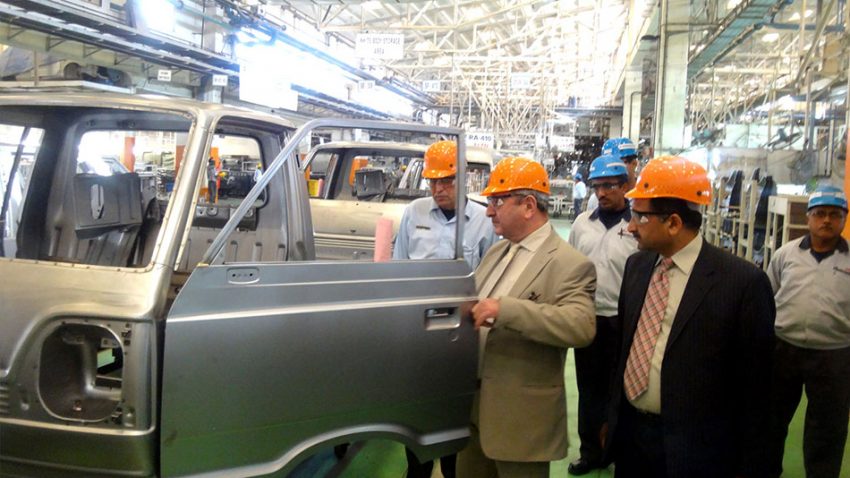
The local assemblers claim huge numbers of jobs created by them, each. You have to realize; these assemblers cornered the market completely. That meant their cars were everywhere and people based their own businesses around them. These markets were, and still are, privately-owned businesses selling parts or providing services for locally assembled cars and even imported ones. The Local assemblers did somewhat help to further the conditions for these markets/jobs/businesses to exist, but they cannot lay claim to their birth/creation. The relationship of the local assemblers with the rest of the market is one of convenience.
Related: Are Auto Consumers of Pakistan Being Given a Fair Deal? Part 1
Lastly, such places have helped the skill set of the local mechanics grow phenomenally. The reason is that they not only work on locally assembled cars, which are always lagging behind in technology, but the mechanics have also honed their skills working and repairing imported cars, possessing much newer technologies. These markets are the true drivers of technology in the country. If the local assemblers claim hundreds of thousands of jobs created, such markets support hundreds of thousands of small businesses and maybe even millions of jobs and daily wages jobs for the common people across Pakistan.
Maybe the reason for ignoring the impact and importance of such markets is a way for the local assemblers to hide the fact that they might not be having as much of a positive effect on the automotive sector in Pakistan as they like to brag about. These markets are the actual lifeblood of our nation’s auto industry.
Is the Existence of Local Auto Assemblers really worth it?
Toyota Indus is partly owned by Toyota Japan. The same is the case with Pak Suzuki and Honda Pakistan and all the others. They are part-owned by their respective parent/principal companies. Meaning, the profit from the sale of each vehicle sold by them is repatriated back to Japan or Korea, or China; Be it the overly expensive Japanese CBUs like Land Cruiser or Toyota Camry or Honda Accord or Suzuki Vitara, etc., or the locally assembled SUVs like the Sportage, Tucson, HS, etc., or compact and Subcompact cars like the Corolla, Civic, Yaris, Elantra or Alsvin, etc. Part of all sales are sent back to the principals as profit shares. In the case of Toyota Indus, between Toyota Motor Corporation Japan and the Toyota Tsusho Corporation Japan, they own around 40% of it. So, a significant portion of the profits earned locally are sent back to the parent companies.
People are always talking about the money spent on importing CKD kits for local assembly. No one really mentions the profits that have to be sent out from Pakistan in dollars because of these businesses. That is also a burden on the national exchequer. That is the main reason these businesses have been set up in Pakistan in the first place. To earn such profits. So, how much is spent on the import of CKD kits and parts, and how much is then sent abroad as profits? Suddenly the business from these companies does not seem so beneficial. They create jobs that maybe cost them millions of dollars. But between the import of parts by these companies and the profits they have to send back, they cost hundreds of millions of dollars to the already almost dead Pakistani market.
Related: Why JDM Cars Are Considered a Threat to Local Assembled Ones
And, as if that wasn’t bad enough, all these local assemblers maintain one common statement above all. Small cars are not profitable for them so they will not make them. Only bigger more expensive cars are the way to go for them. Yet they have fought tooth and nail and have been successful in almost completely stopping all used car imports into the country. Even the import of small 1000CC and sub 1000CC cars for the masses; which they themselves have said is not profitable to them and will not make, has been seriously hindered and the cars made too expensive to afford. That means they are not tapping that segment of the market and are leaving it completely unattended.
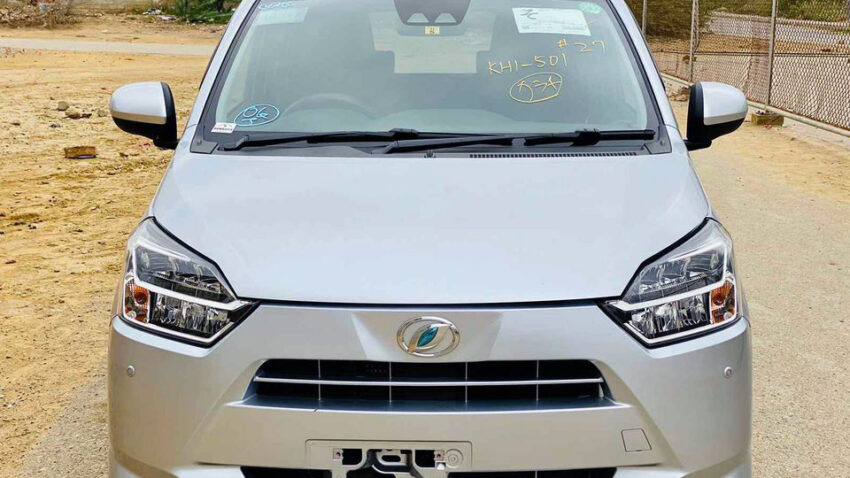
Yet they stopped the import of even those small cars, causing hindrance in viable and cheap/affordable mobility options for the vast majority of people in Pakistan; even for those people who would use those small cars to start small businesses or use them in some way to earn a living. In Pakistan, ironically, the companies whose very business model is based on mobility, are the ones who have seriously undermined the mobility of the nation and the advancement of the auto sector for their own limited gains.
Related: Are Auto Consumers of Pakistan Being Given a Fair Deal? Part 2
Seems fair? I think not. In the next and final part, we will look at some simple solutions for this ailing auto industry of ours and how, if the government wants, this can be made into a bread earner for the country.
Contributed by: Muhammad Ali Khan– A guy who is passionate about cars and concerned about the state of the auto sector in the country. 
Read other articles in this series:

CarSpiritPK welcomes Guest Posts. If you have the ability to generate quality content and can write some relevant and useful piece of information to be shared with our readers, feel free to contact us at: [email protected] Send you emails titled as (Guest Post submission)

